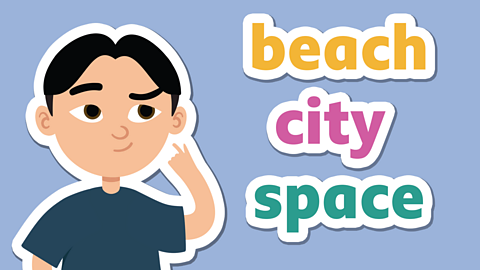Watch: Rhyming words
Youâll probably know a bit about rhyme already as it is often used in poetry.
Refresh your memory with this short, fun clip.
You can sing and dance along with C91ČČąŽ's Radzi Chinyanganya if you like!
Radzi explains what rhyme is.

Remember:
Words that rhyme have the same end sound.
Sometimes they have the same ending letters which helps us know they rhyme.
For example:
cat and mat, loud and proud, dress and mess
Sometimes they have different ending letters, but are still rhyming words as they make the same sound.
For example:
cheese and peas, fly and eye, whale and snail

Watch: Rhyming schemes
You can write rhyming poems by using pairs or groups of words that use the same sounds. This is called a rhyme scheme.
Watch the following clip to learn how rhyme schemes work and to see an example.
See how an A B A B rhyme scheme works.
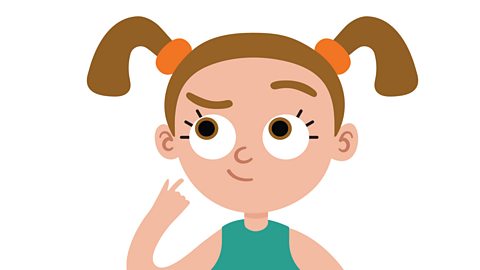
You can work out the rhyme scheme of a poem by labelling the words that rhyme with each other. This will help you see the pattern of the poem.
For example:
If a poem's first and third lines rhyme you should label those A.
If the second and fourth lines of the poem rhyme, label these B.
Then you can see your four line poem has an A B A B rhyme scheme.
If all four lines rhyme with each other, this would be an A A A A rhyme scheme.
You could also have an A A B B rhyme scheme, or A B B A. There are lots of possibilities!

Activity 1
Complete this activity by filling in the boxes to make an A B A B rhyme scheme.
Activity 2
Read each poem and decide what rhyme scheme it uses.
Remember, the words at the end of each line that rhyme are given the same letter.
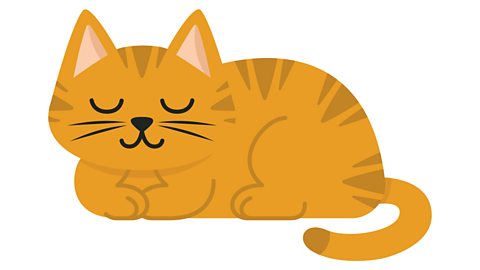
Poem 1
Mittens was a big, fluffy cat.
One day the vet said she was getting too fat.
Tuna, treats and biscuits is what she used to be fed,
But now sheâs given just meat and vegetables instead.
The rhyme scheme of this poem is âĶ


Poem 2
Soon the sun will fade from the sky,
And the stars will take over the night.
In the darkness they will lie,
Filling our world with glistening light.
The rhyme scheme of this poem is âĶ
Ėý
See the correct answers on this .

Activity 3

You are now going to create some rhyming word pairs which you will use later to write a poem about an animal.
First choose your animal and think about what they are like.
- What colour is your animal?
- What do they eat?
- How do they act?
- What noises do they make?
Now think of some rhyming word pairs about your animal and write them down.
For example:
bee - see
buzz - fuzz
flower - power
See if you can create at least five different rhyming pairs.

Activity 4

Now you are going to write a poem about your animal using the rhyming pairs you came up with for Activity 3.
The poem should be four lines long and follow the
A A B B rhyme scheme.
Choose two of your rhyming pairs. You will use these at the end of each line.
One pair will be at the end of lines one and two.
The second pair will be at the end of lines three and four.
For example:
Bertie the bee buzzed up to a flower
And sucked up the nectar that gave him power.
Now Bertie was a super strong bee
So he flew back to his beehive for all the others to see.

Play our fun English game Crystal Explorers. gamePlay our fun English game Crystal Explorers
Use grammar, punctuation and spelling skills to explore jungles, caves and tombs on your mission!

More on Creative writing
Find out more by working through a topic
- count1 of 11
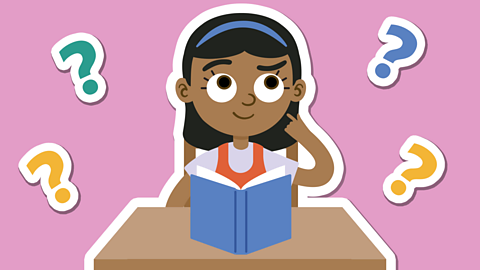
- count2 of 11

- count3 of 11
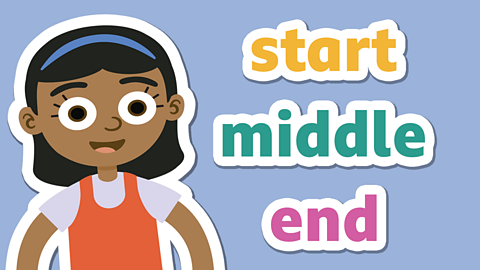
- count4 of 11
